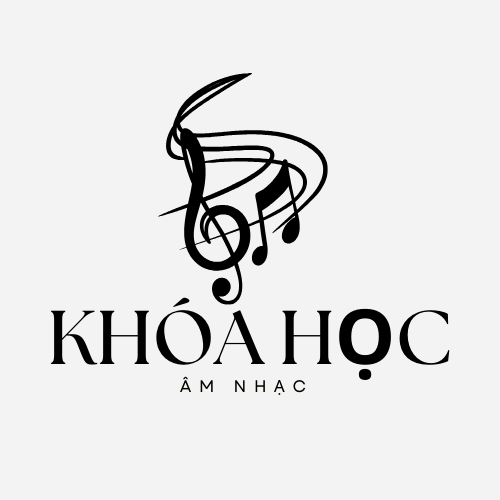international enterprises, telecommunication titans, and cutting-edge commercial frameworks. This complex web yielded over €4.5 billion annually across the 2023-2025 timeframe, with sponsorship contributions accounting for nearly one-third of aggregate income per GlobalData’s assessment[1][10][11]. https://income-partners.net/
## Primary Income Streams
### Premium Competition Backing
Europe’s premier club competition functions as the financial linchpin, securing 12 global partners such as the Netherlands-based beverage giant[8][11], the interactive entertainment leader[11], and Doha-based airline[3]. These contracts collectively contribute €606.33 million each year through federation-level arrangements[1][8].
Key sponsorship trends encompass:
– Commercial spread: Transitioning beyond alcoholic beverages including digital payment platforms[2][15]
– Territory-specific agreements: Virtual LED board placements in Asian and American markets[3][9]
– Gender-equitable sponsorship: Cross-gender partnership models covering both UCL and Women’s EURO[11]
### Media Rights Supremacy
Media rights sales constitute the predominant income source, producing €2,600 million each fiscal cycle exclusively from Champions League[4][7]. The European Championship media deals surpassed previous records via agreements with 58 global networks[15]:
– British public broadcasters securing 24.2M peak viewership[10]
– BeIN Sports (France)[2]
– Wowow (Japan)[2]
Emerging trends encompass:
– Streaming platform penetration: DAZN’s €1.5B bid[7]
– Combined broadcast approaches: Concurrent platform streaming through traditional and digital channels[7][18]
## Financial Distribution Mechanics
### Participant Payment Systems
UEFA’s revenue-sharing protocol channels over nine-tenths of earnings back into football[6][14][15]:
– Performance-based rewards: Tournament victors secure massive payouts[6][12]
– Solidarity payments: €230M annually toward community football[14][16]
– Territory-based incentives: English top-flight teams secured over a billion in domestic deals[12][16]
### Regional Development Support
The continental growth scheme allocates 65% of EURO profits by way of:
– Stadium developments: Pan-European training center construction[10][15]
– Junior development programs: Bankrolling talent pipelines[14][15]
– Women’s football investments: 30% player revenue mandates[6][14]
## Modern Complexities
### 1. Financial Disparity
The Premier League’s €7.1B revenue substantially exceeds La Liga (€3.7B) and Bundesliga (€3.6B)[12], exacerbating sporting inequality. Fiscal regulation measures seek to address such discrepancies through:
– Compensation restriction models[12][17]
– Transfer market reforms[12][13]
– Enhanced solidarity payments[6][14]
### 2. Ethical Sponsorship Debates
Despite generating unprecedented commercial revenue[10], 15% of Premier League sponsors are betting companies[17], sparking:
– Addiction concerns[17]
– Government oversight[13][17]
– Supporter resistance[9][17]
Forward-thinking teams are shifting to ethical sponsorship models including:
– Environmental initiatives partnering green tech companies[9]
– Social development schemes backed by financial service providers[5][16]
– Tech education partnerships through hardware producers[11][18]
